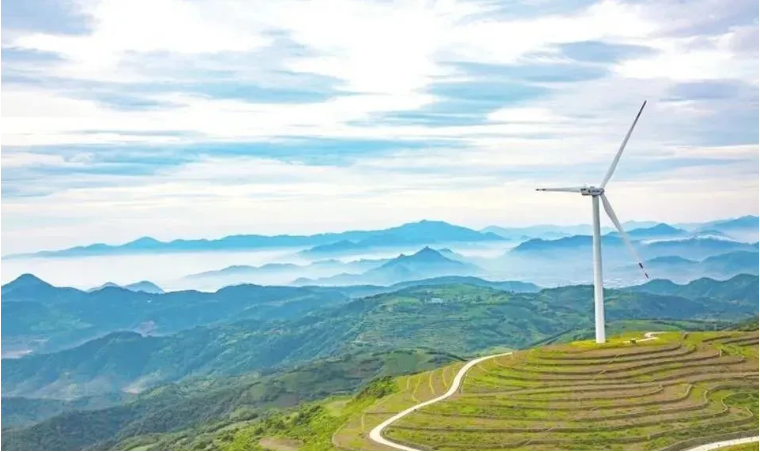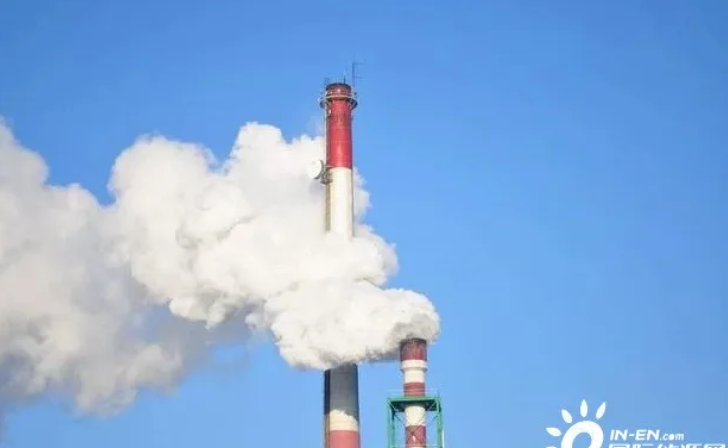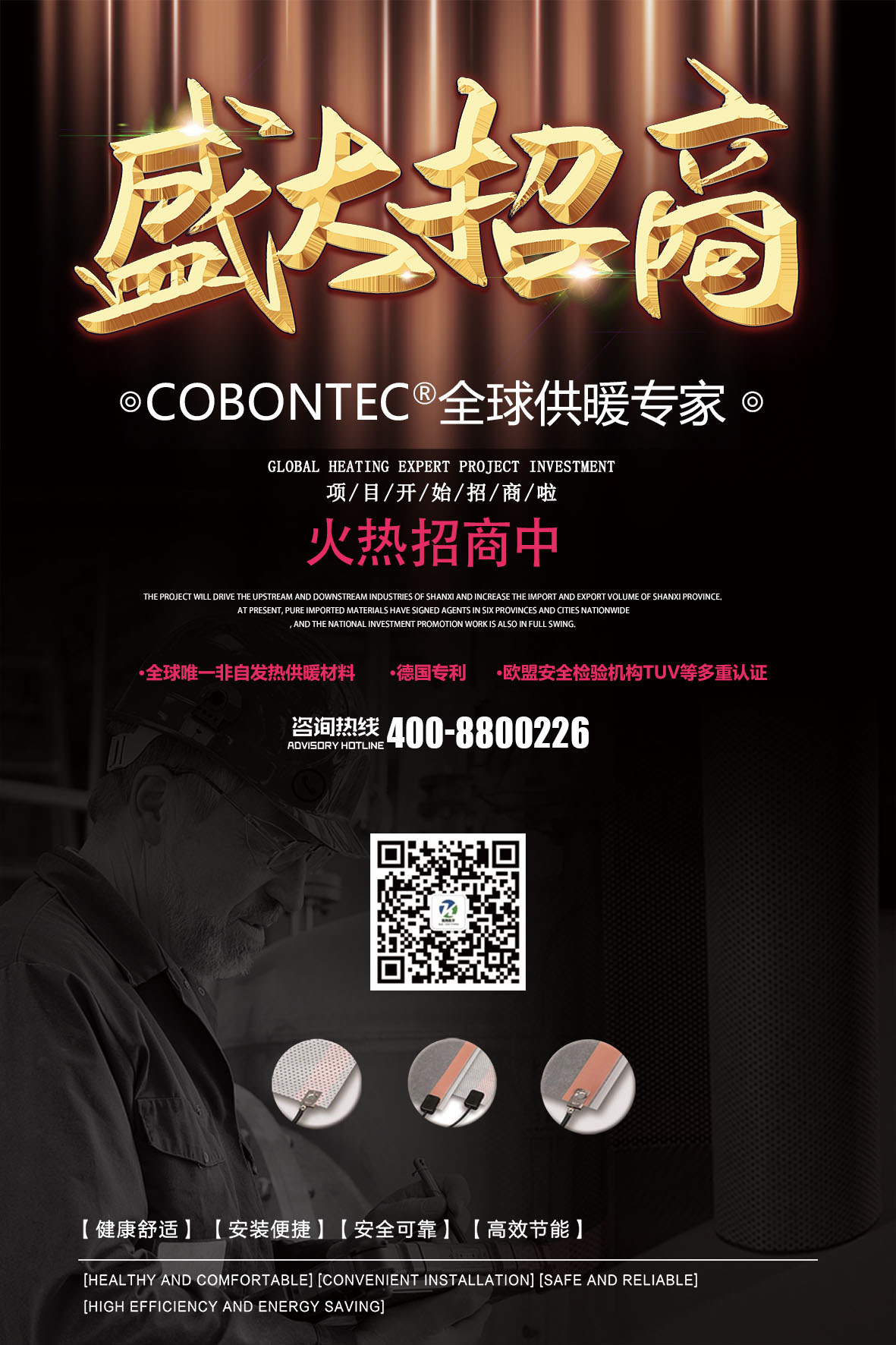Energy information - heat storage is the only way for carbon neutralization! Cognitive misunderstand

August 3, 2021 June 25 of the lunar calendar
Light rain at 15 ℃ - 25 ℃ on Tuesday
▼
Daily news in real time
Morning / breakfast / news / news/


The national carbon market was officially opened on July 16. Recently, Liu Ke, a foreign academician of the Australian National Academy of engineering and President of the school of innovation and Entrepreneurship of Southern University of science and technology, gave a special speech on "carbon neutralization misunderstanding and its practical path" in the "academician report hall of scientific and technological innovation" in Shenzhen.
Six misunderstandings of carbon neutralization
Academician Liu Ke pointed out that at present, the challenge and cognition of carbon neutralization in the industry are limited, and there are several misunderstandings:
Myth 1: it is considered that wind energy and solar energy are cheaper than thermal power, so solar energy and wind energy completely replace thermal power to achieve carbon neutralization. In fact, there are 8760 hours per year, while the annual number of solar power generation hours varies from place to place, with an average of about 1700 hours; In other words, solar energy is about 1 / 5 – 1 / 6 cheaper than thermal power; In the other 5 / 6 time period, the cost of power storage will be much higher than that of thermal power.
Myth 2: people think there is a magic large-scale power storage technology, but in fact, the energy industry does not have Moore's law in the computer industry“ Mankind has spent more than 100 years of research and development, and the energy density of the battery has not been revolutionized and fundamentally changed. "So far, the cheapest large-scale GW level power storage is the pumped energy storage technology invented more than 100 years ago.
Myth 3: chemicals made from carbon dioxide, but in terms of scale, chemicals made from carbon dioxide do not have carbon reduction value. About 87% of the world's oil is burned, and about 13% of the oil produces all our petrochemical products. The contribution of carbon dioxide conversion to other chemicals to carbon reduction is quite limited.
Myth 4: it is considered that carbon neutralization can be achieved by using CCUs (carbon capture, utilization and storage technology). Capturing and purifying the carbon dioxide emitted from the production process and putting it into the new production process for recycling or storage can theoretically realize the large-scale capture of carbon dioxide. However, "carbon neutralization is not only a technical problem, but also a comprehensive problem of balancing economic and social development". Academician Liu Ke stressed that the cost is very high under the current technology, It is also impossible to achieve complete carbon sequestration, and it is very difficult to collect carbon dioxide in nature. So far, the CO2 emission reduced by CCS or CCUs is very limited.
Myth 5: it is believed that carbon neutralization can be achieved by improving energy efficiency. Increasing energy efficiency can significantly reduce carbon emissions in industrial processes and products. China's energy efficiency has indeed improved significantly in the first 20 years, but in the same period, the total carbon emissions have not decreased, but increased a lot. Therefore, improving energy efficiency is an important means of carbon reduction, but as long as fossil energy is used, the contribution of improving energy efficiency to carbon neutralization is also very limited. Improving energy efficiency is indeed the lowest cost and the most priority to reduce carbon emissions.
Myth 6: we hope to reduce carbon emissions by replacing fuel vehicles with electric vehicles, but in fact, the dispute between electric vehicles and fuel vehicles began a hundred years ago. Academician Liu Ke said, "if the energy structure does not change, if 67% of the power grid is still coal power, electric vehicles are increasing carbon emissions, not reducing carbon emissions. Only when the energy structure and the power grid are mostly composed of renewable energy, can electric vehicles be regarded as clean energy ".

How to achieve carbon neutrality in the future?
Academician Liu Ke proposed several practical paths to achieve carbon neutralization:
The first path is to realize low-carbon energy system through the combination of existing coal chemical industry and renewable energy. On the one hand, the existing coal chemical industry can achieve net zero carbon emission. On the other hand, green hydrogen and oxygen can be prepared by electrolyzing water through solar energy, wind energy and nuclear energy. The CO2 emission of coal to methanol can be greatly reduced without water vapor conversion.
The second path is to use the carbon neutralization technology in the field of coal - micro ore separation technology. Before coal combustion, combustibles and minerals containing pollutants are separated to prepare low-cost liquid fuel + soil conditioner, solve coal pollution, abuse of chemical fertilizer and soil ecological problems at the source, and produce high value-added chemicals such as methanol and hydrogen at low cost.
The third path is to realize the comprehensive development of photovoltaic and agriculture, combine photovoltaic with agriculture, animal husbandry, water resources utilization and desert governance, realize the combination of photovoltaic and desert governance, and the joint carbon reduction of photovoltaic and agriculture.
The fourth path is the comprehensive utilization of peak valley power and thermal energy storage. Thermal power plants can't stop at midnight. From 12:00 to 6:00 in the morning, although thermal power plants still emit a lot of carbon dioxide, no one uses the power they generate; Using the distributed heat storage module to store electricity in the form of heat during the valley power period, and then use it for heating or air conditioning when needed, which can greatly reduce carbon dioxide emissions, realize the real conversion of coal to electricity, and further reduce power consumption in combination with the roof photovoltaic strategy and county economy.
The fifth path is to make methanol from renewable energy and then do distributed power generation. Methanol hydrogen distributed energy can be used to replace all scenarios using diesel engines, and can complement unstable renewable energy such as photovoltaic and wind energy.
The article is taken from the international energy information network

2021
?
山西凱翔凱宇科技·致力研發(fā)清潔能源
綠色能源 & 創(chuàng )新科技
用綠色能源喚醒城市
-
業(yè)務(wù)咨詢(xún)  400-880-0226
400-880-0226
識別二維碼

商務(wù)合作請留言
END.